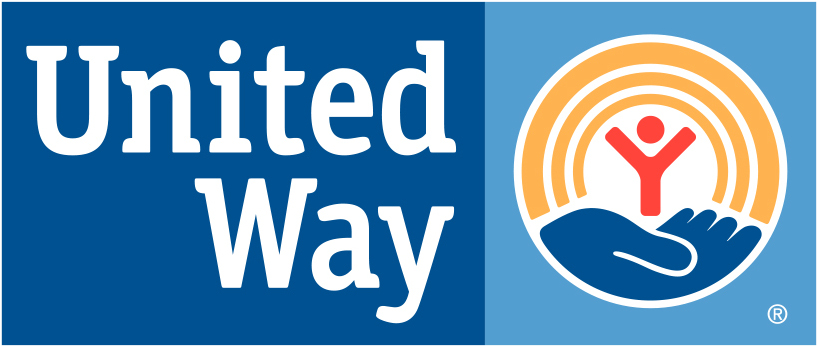September is National Preparedness Month. As we turn our attention to response and support for the victims of Hurricane Harvey, it is also a good time to create or review your own emergency preparedness plan and to consider registering as a disaster response volunteer.
Here’s how to get started:
- Register now to volunteer later. United Way of Stanislaus County and other United Ways run emergency volunteer centers when disaster strikes. Contact your local United Way today to sign up to serve as a disaster response volunteer. Advance registration helps United Way with disaster preparedness planning and during an actual emergency.
- Form your own emergency preparedness plan. United Way of Long Island, New York, offers these tips:
- Make a communications plan. Know where to meet and how to communicate with family and friends. Create a list of emergency contacts. Select a person who doesn’t live near you for family members to check in with.
- Prepare to evacuate your home. Review and practice escape routes. Plan to evacuate the region. Where to go? How to travel? Have cash – ATMs may not work. Don’t forget vital documents. And, how will you secure your home from flying debris, power outages and the like?
- Get your vehicle ready. Keep a full tank of gas if an evacuation seems likely – gas pumps may not work just when you need to get out of town. Leave early. Follow evacuation routes.
- Create an emergency supply kit. Include enough provisions for at least three days. Include food, water, battery radio, flashlight, batteries, first aid, and toiletries. Have an emergency kit at home, work and in your car.
- Consider special needs. Know your child’s school or day care emergency plan and contact information. Don’t forget to pack books, games and activities for kids. Have you thought of pets? Medications? Elders and the disabled? Pack extra clothes and blankets for people you may be transporting.
- Remember to call 2-1-1 if you need help in the aftermath of an emergency. This free, confidential service provides 24/7 information and support in North America. The specialists on the other end of the line use a network of information from government, private and nonprofit organizations to get people the help they need.
You’ll find more ideas for being prepared here.

Don’t let the unpleasant thought of an emergency deter you from making a plan to protect your family and yourself, and to serve others in need. Follow the basic steps above and you’ll sleep easier knowing you are ready. And mark your calendar for next September, to review and update your emergency preparedness plans each year.

